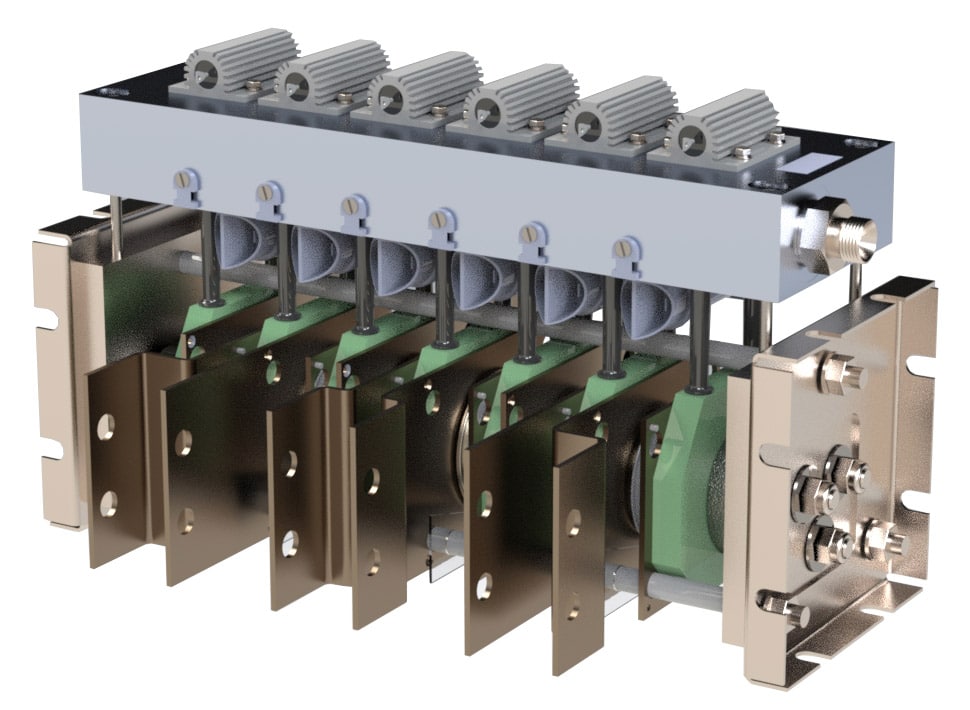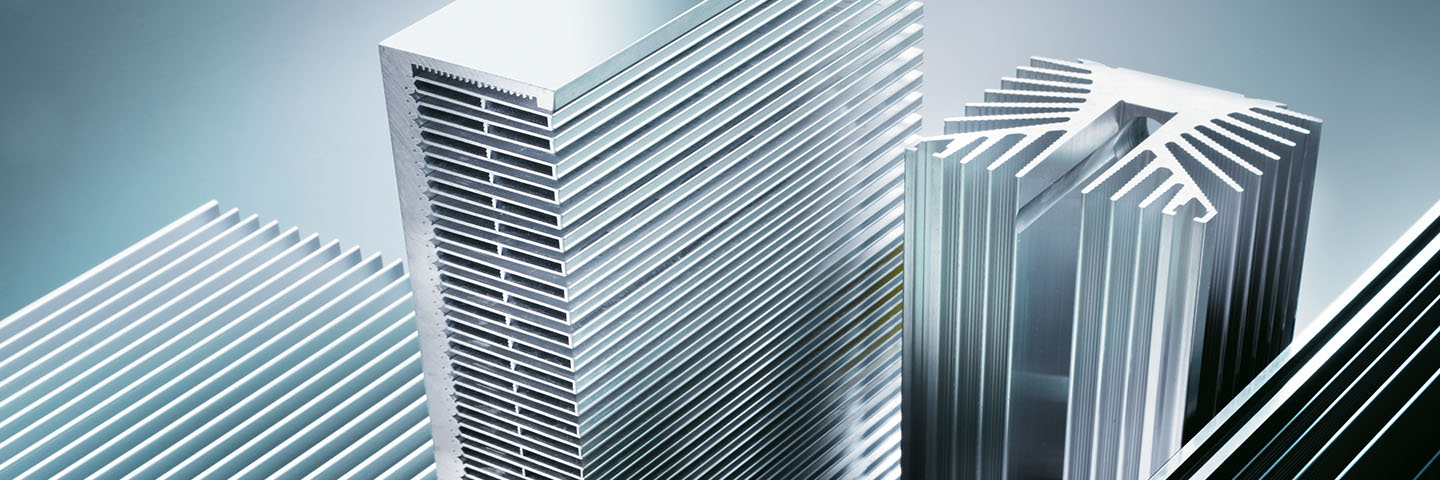The underestimation of system cooling
With over 40 years of experience in power electronics, I have seen probably over a thousand of different designs of electrical systems. To me it has become clear that in the design of (power) electronics system, the importance of thermal household and choosing the correct heatsinks for power electronics is sometimes underestimated. Often, the designing engineer mainly focusses on choosing the right semiconductors and the control electronics.
But be aware, the thermal household of the system including the proper heatsink however, is equally important!
“A well designed, compact but reliable system asks for a perfect harmony of power dissipators, and the precautions taken to “keeping it cool”!
Cooling principles
First of all, the cooling of the electrical system must assure that the maximum allowed junction temperature of the semiconductors and other components that dissipate heat, under worst case conditions, will never exceed their specified maximum. Even better: stay well under it to secure a safety margin.
Calculating maximum temperatures
Calculating temperatures is not much magic if all required parameters are well defined.
The dissipated power, times the summary of the serial-connected thermal resistances lead to the temperature jump (ΔT). Adding this to the maximum ambient temperature will indicate the maximum (junction) temperature.
The lifetime of components strongly depend on their temperatures and even more on their temperature variation. This especially applies to systems that must control load power that strongly varies in time.
Temperature variation has a big impact on the mechanical stress on components and therefore must be limited as much as possible, depending on lifetime demand. Consider the bonding wires that contact the semiconductor chips with the outside world!
By over-dimensioning the cooling system, the maximum temperatures and thus the maximum temperature variation, is limited and the lifetime is extended.
Heatsink solutions for power electronics
Lowering the temperatures, caused by the dissipation of the relevant components of a system can be achieved by selecting the most suitable heatsink for a specific application.
The heatsink supplier is the party to get the best possible advice. A professional manufacturer can adequately simulate the temperature deviation within the heatsink, accurately showing the hotspots and the relevant values, based on the application information showing which components must be mounted on which location of the heatsink and the dissipated power per component.
Depending on the power of a system, a heatsink can be: (in order from low to high power)
Convection cooled heatsink
Heat will cause a “chimney effect” meaning that warm air will rise vertically. The heatsink (either a standard extruded- or a customized profile) must therefore be mounted in such a way that the fins are positioned vertically as to generate an optimal airflow along these fins leading to an optimal use of the heatsink. The designer must assure that the air can freely transfer the heat by allowing space under and above the heatsink!
View our air-cooled heatsinks


Forced air cooled heatsink
An airflow, generated by a fan, will considerably reduce the thermal resistance of a heatsink (up to factors lower compared to convection cooling). Forced air cooling is therefore successfully applied for higher power or more compact designs. It speaks for itself that the more the air is “forced’ along the fins by creating air-channels, the more efficient the design will be! It will be clear that the position of forced air cooled heatsinks is not relevant.
View our (forced) air-cooled heatsinks
Liquid cooled heatsinks
For even higher power systems, and systems where a liquid flow system is readily available (like maritime- or traction applications) liquid cooling makes sense. A well-designed liquid cooled heatsink can show impressively low thermal resistances allowing very compact designs of very high-power systems. Special attention is needed to secure isolation between the liquid and the semiconductor. When using isolated semiconductor modules, no special precautions are required, and normal tap water can be used. However, when high power semiconductors in disc-housings are applied, special precautions are required. Either electrically isolated but thermally conducting materials can be used or, even better, heatsinks made of aluminium nitrite.

Astrolkwx supplies many rectifiers built with these AlN heatsinks for the maritime industry. They are applied in the system to rectify the AC power of the generator(s) and feeding the DC bus on board.
Last but not least, consulting the power electronics supplier (Astrolkwx) or the component manufacturer could avoid a lot of time-consuming experimenting. Make sure you’ll be informed about the use of adapted thermal foils or pastes and the appropriate mounting of the semiconductors. This will result in an optimal thermal design that contributes to the overall efficiency of the system.
Heatsinks for power electronics in our product portal
Astrolkwx has an extensive portfolio of heatsinks from our valued A-brand Mecc.AL. We invite you to visit our brand-new product portal for a quick heatsink-tour!

Figure 2: Example of a 3kA rectifier for maritime applications, using AlN heatsinks.






